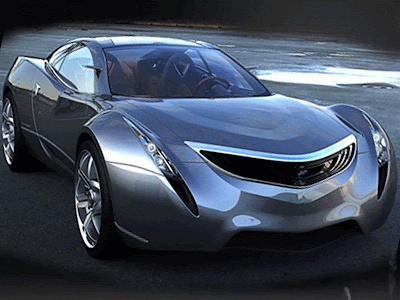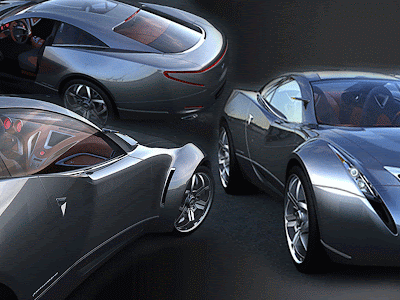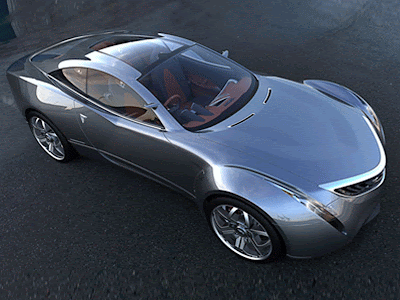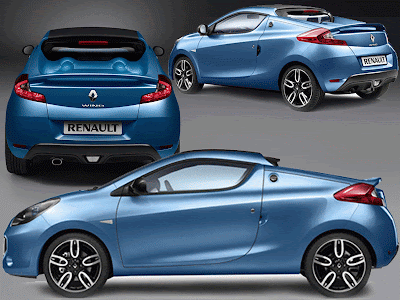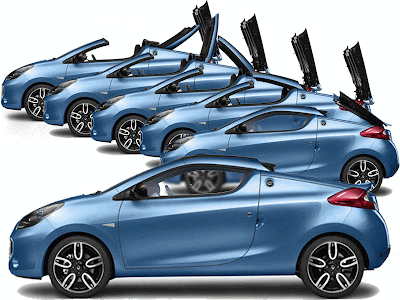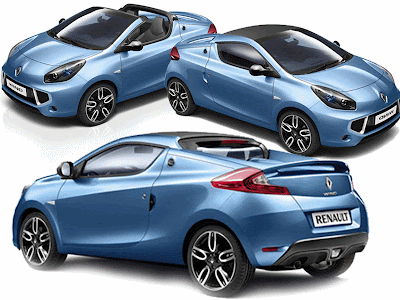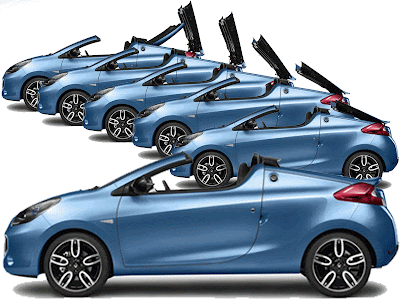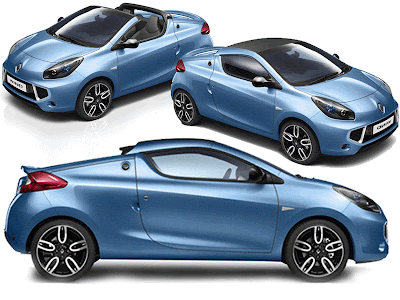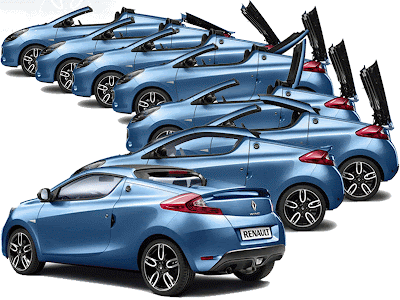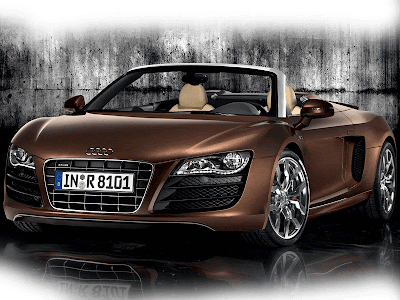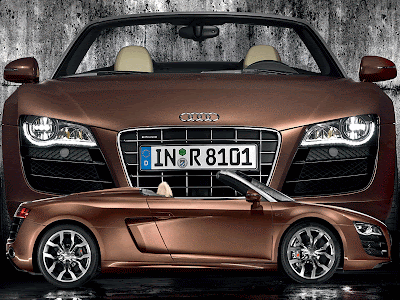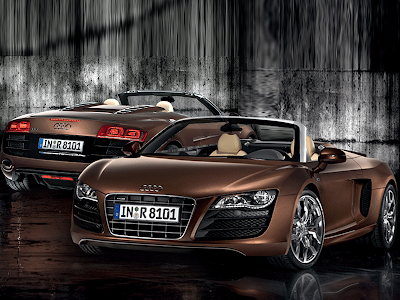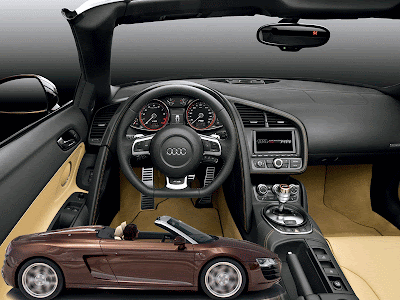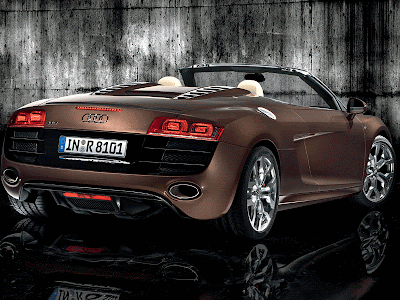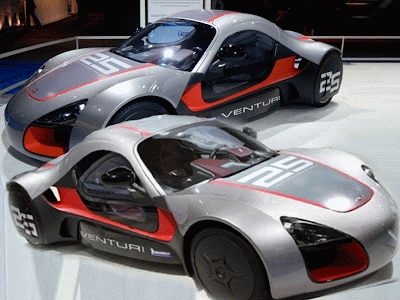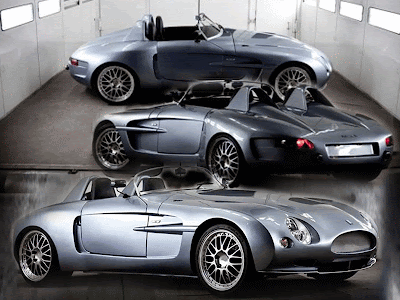The Named after its Italian designer Fabio Ferrante and his girlfriend (whose name begins with V, apparently), the curvaceous Design V is a concept you can genuinely envision seeing out and about on the roads of Italy. However, its design is largely based on American muscle cars produced during the '60s – mainly the 1967 Chevrolet Impala that has a starring role in cult TV show, Supernatural.
2010 V Concept Ferrante Sports Car Design
The V Concept is a study of a modern four-seater sportscar that pays homage to the 1967 Chevrolet Impala, reinterpreting in a modern way the proportions and a number of styling cues of the 1960s American Muscle Cars. Though the Ferrante Design V sounds more like a posh new perfume (“For him, for her – think Ferrante”), in fact it’s the name of a luxury 2+2 sports coupé concept vehicle.
2010 V Concept Ferrante Sports Car Design
A key similarity to the Impala can be seen in the Design V’s elongated and low bonnet, though Ferrante has added his own person touch – evident in those swollen wheel arches that are almost impossible to miss.
2010 V Concept Ferrante Sports Car Design
Sadly, the designer has no plans to put the concept into production – but he says that if it were to become a reality it would be powered by a hybrid powertrain, adding to the appeal of this already desirable car.
2010 V Concept Ferrante Sports Car Design
Let's hope Chevrolet comes across it, because we think it would sit nicely alongside the American marque's current line-up of cars.
